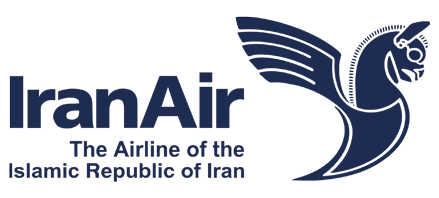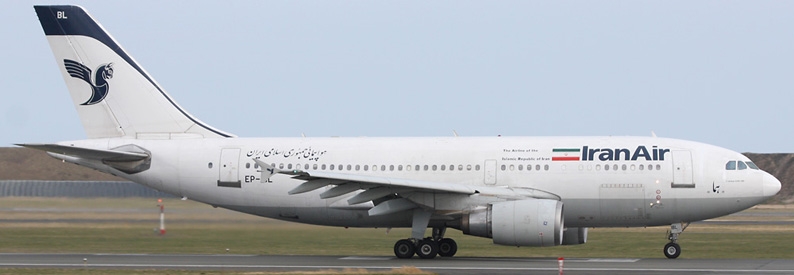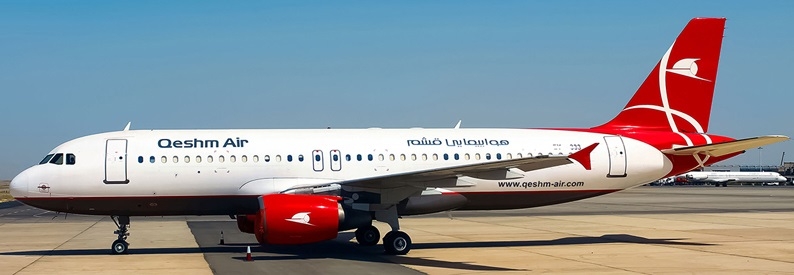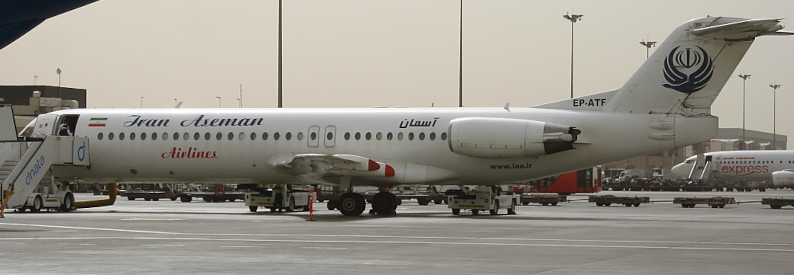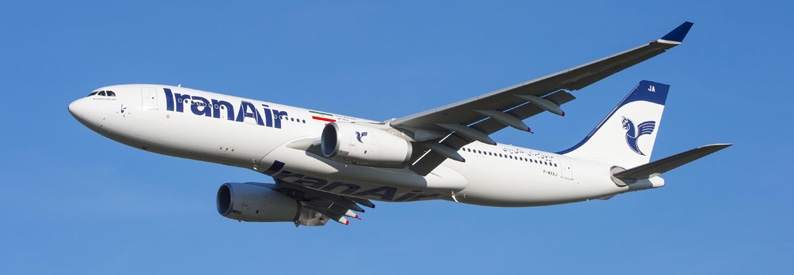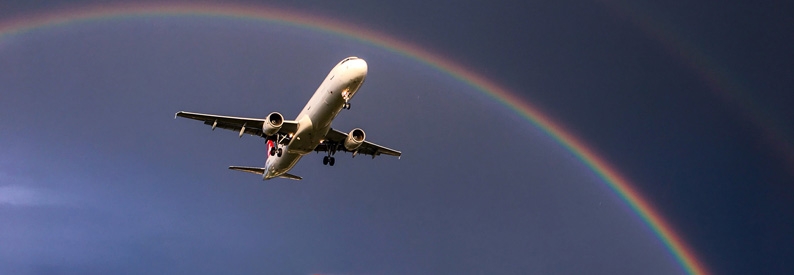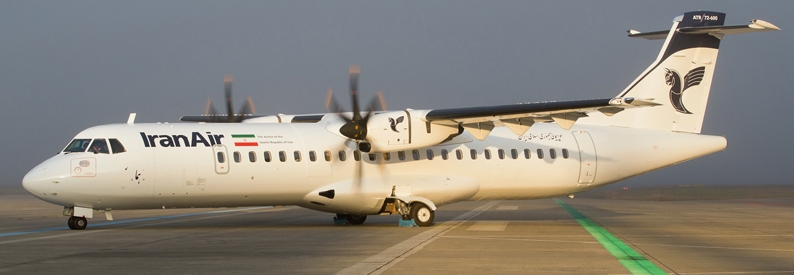COMAC has discounted itself from the sale of any aircraft to IranAir (IR, Tehran Mehrabad), just days after the carrier said it was open to talks with any manufacturers so long as they do not require US export licences.
“No, we cannot sell to Iran. Iran is off the table,” COMAC General Manager, Zhao Yuerang, told Reuters. “We need to abide by regulations of both countries.”
As part of its broad-sweeping sanctions against Iran, Washington revoked export licences that had allowed Iran Air to acquire aircraft containing more than 10% US-manufactured parts. Added to that, on Monday, November 5, the carrier along with the bulk of its fleet were returned to OFAC's Specially Designated National entity list.
Given the now difficult circumstances Iran Air finds itself in, Chief Executive Officer and Managing Director Farzaneh Sharafbafi said in an interview last week that among the options being considered are the possibility of acquiring SSJ 100/95s from Sukhoi Civil Aircraft. In a bid to boost the SuperJet's market appeal to US-sanctioned states, the manufacturer has even presented plans for a variant of the aircraft featuring only Russian-manufactured components.
However, Viktor Kladov, Rostec’s director for international cooperation and regional policy, declined to comment on the state of Iran affairs telling Reuters the matter is a "sensitive" one.
“You understand why, because we cannot endanger the whole Superjet program,” he added.
Excluding the thirteen ATR72-600s, the two A330-200s, and one A321-200 delivered by ATR - Avions de Transport Régional (EVX, Toulouse Blagnac) and Airbus under their deals, Iran Air's mainline fleet (four A300-600Rs, seven A300B1/B2/B4s (including two freighters), two A310-300s, six A320-200s, one B747-200(M), nine F100s, and one MD-82) now averages around 30 years of age.
- Type
- Base
- Aircraft
- Destinations
- Routes
- Daily Flights
